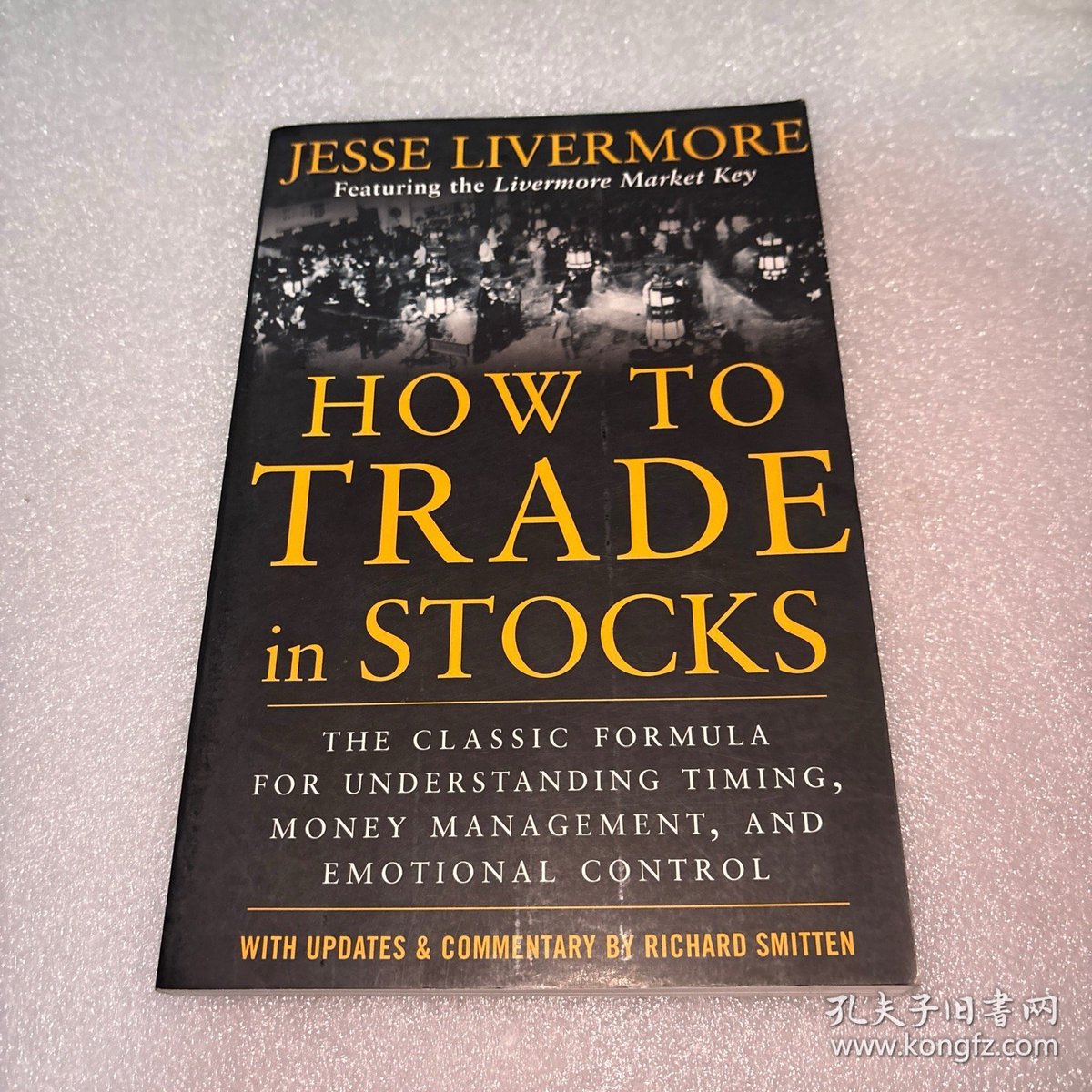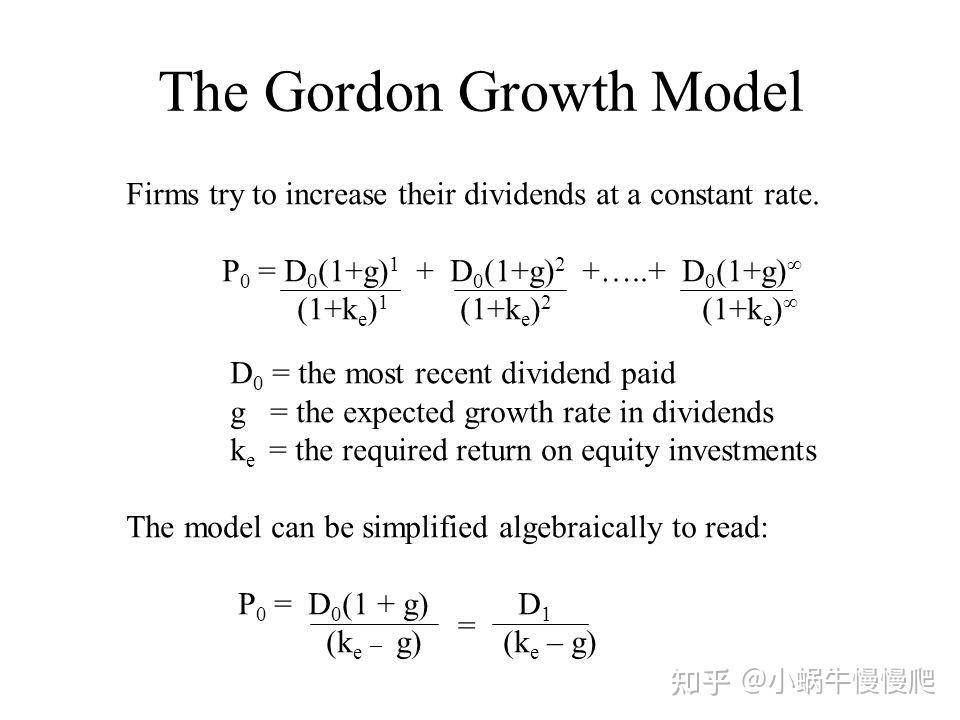=============================================
Modeling stock prices is one of the most important challenges in modern finance. A widely adopted mathematical framework for this task is Brownian motion, which captures the seemingly random yet statistically structured fluctuations of asset prices. Investors, quantitative traders, and financial engineers all rely on Brownian motion to forecast risk, simulate price paths, and develop trading strategies. This article provides a comprehensive guide on how to model Brownian motion in stock prices, combining theoretical foundations, practical modeling techniques, and industry applications.
We will explore two major approaches to modeling stock price dynamics with Brownian motion: the standard Wiener process (basic Brownian motion) and Geometric Brownian Motion (GBM), the foundation of the famous Black-Scholes model. Along the way, we will compare their strengths and weaknesses, illustrate with real-world insights, and answer common questions faced by traders and analysts.
Understanding Brownian Motion in Finance
What is Brownian Motion?
Brownian motion, originally observed in the physical world (such as pollen grains moving randomly in water), represents a continuous-time stochastic process. In finance, it models the unpredictable yet statistically measurable movements of stock prices.
Key properties:
- Randomness: The movement is unpredictable in the short run.
- Stationary increments: The changes (increments) are normally distributed with a mean of zero.
- Continuous paths: The price paths are continuous, with no jumps.
In practice, financial models modify these assumptions because real markets exhibit volatility clustering, jumps, and fat tails. Still, Brownian motion remains the cornerstone of quantitative finance.

Why Use Brownian Motion in Stock Price Modeling?
Brownian motion provides a mathematically rigorous foundation to capture uncertainty in financial markets. By assuming that log returns follow a normal distribution, it allows traders and risk managers to:
- Estimate volatility
- Simulate potential stock price paths
- Price options and derivatives
- Conduct risk assessment
This is why Brownian motion basics for quantitative analysts are often the first lesson in financial modeling.

Two Main Methods to Model Stock Prices with Brownian Motion
1. Standard Brownian Motion (Wiener Process)
Definition
The standard Wiener process is the simplest form of Brownian motion, defined as:
W(t)∼N(0,t)W(t) \sim \mathcal{N}(0, t)W(t)∼N(0,t)
Where:
- W(t)W(t)W(t) is the value of the process at time ttt
- Increments W(t+Δt)−W(t)W(t+\Delta t) - W(t)W(t+Δt)−W(t) follow a normal distribution with mean 000 and variance Δt\Delta tΔt
Application to Stock Prices
If we assume stock prices follow a simple Brownian motion:
S(t)=S(0)+μt+σW(t)S(t) = S(0) + \mu t + \sigma W(t)S(t)=S(0)+μt+σW(t)
Where:
- S(t)S(t)S(t) = stock price at time ttt
- μ\muμ = drift (expected growth rate)
- σ\sigmaσ = volatility
- W(t)W(t)W(t) = Wiener process
This model suggests stock prices can go negative, which is unrealistic in practice. Thus, while academically important, the standard Wiener process is rarely used directly in financial markets.
2. Geometric Brownian Motion (GBM)
Definition
To avoid the problem of negative stock prices, we use Geometric Brownian Motion:
dS(t)=μS(t)dt+σS(t)dW(t)dS(t) = \mu S(t) dt + \sigma S(t) dW(t)dS(t)=μS(t)dt+σS(t)dW(t)
Where:
- dS(t)dS(t)dS(t) = change in stock price
- μ\muμ = expected return (drift)
- σ\sigmaσ = volatility
- dW(t)dW(t)dW(t) = increment of a Wiener process
This ensures S(t)>0S(t) > 0S(t)>0 always, making it a practical and realistic model for stocks.
Solution
The closed-form solution of GBM is:
S(t)=S(0)⋅exp[(μ−12σ2)t+σW(t)]S(t) = S(0) \cdot \exp \Big[ \Big(\mu - \frac{1}{2}\sigma^2\Big)t + \sigma W(t) \Big]S(t)=S(0)⋅exp[(μ−21σ2)t+σW(t)]
This is the foundation of the Black-Scholes option pricing model.
Comparison: Standard vs. Geometric Brownian Motion
| Feature | Standard Brownian Motion | Geometric Brownian Motion |
|---|---|---|
| Allows negative prices? | Yes | No |
| Mathematical simplicity | High | Moderate |
| Real-world accuracy | Low | High |
| Common usage | Teaching, simple simulations | Stock price modeling, option pricing, trading strategies |
✅ Best choice for real-world stock price modeling: Geometric Brownian Motion (GBM)
Implementation: How to Simulate Stock Prices with GBM
Step 1: Gather Historical Data
Obtain daily closing prices of a stock (e.g., Apple or Tesla).
Step 2: Estimate Parameters
- Drift (μ\muμ): Average return of the stock
- Volatility (σ\sigmaσ): Standard deviation of returns
Step 3: Monte Carlo Simulation
Use Monte Carlo techniques to generate thousands of possible future paths for the stock.
python
Copy code
import numpy as np
def simulate_gbm(S0, mu, sigma, T, dt, N):
steps = int(T/dt)
paths = np.zeros((N, steps))
for i in range(N):
W = np.random.standard_normal(steps) * np.sqrt(dt)
W = np.cumsum(W)
time = np.linspace(0

0 Comments
Leave a Comment